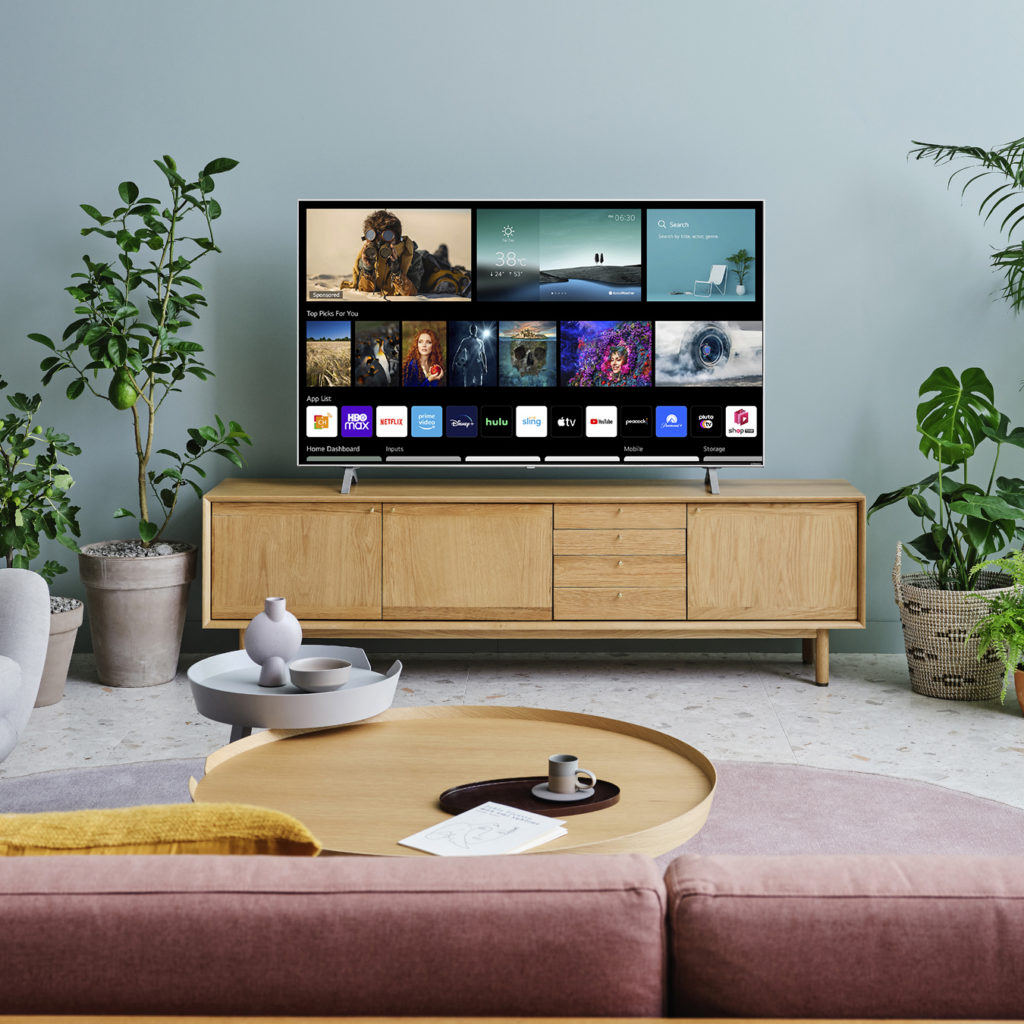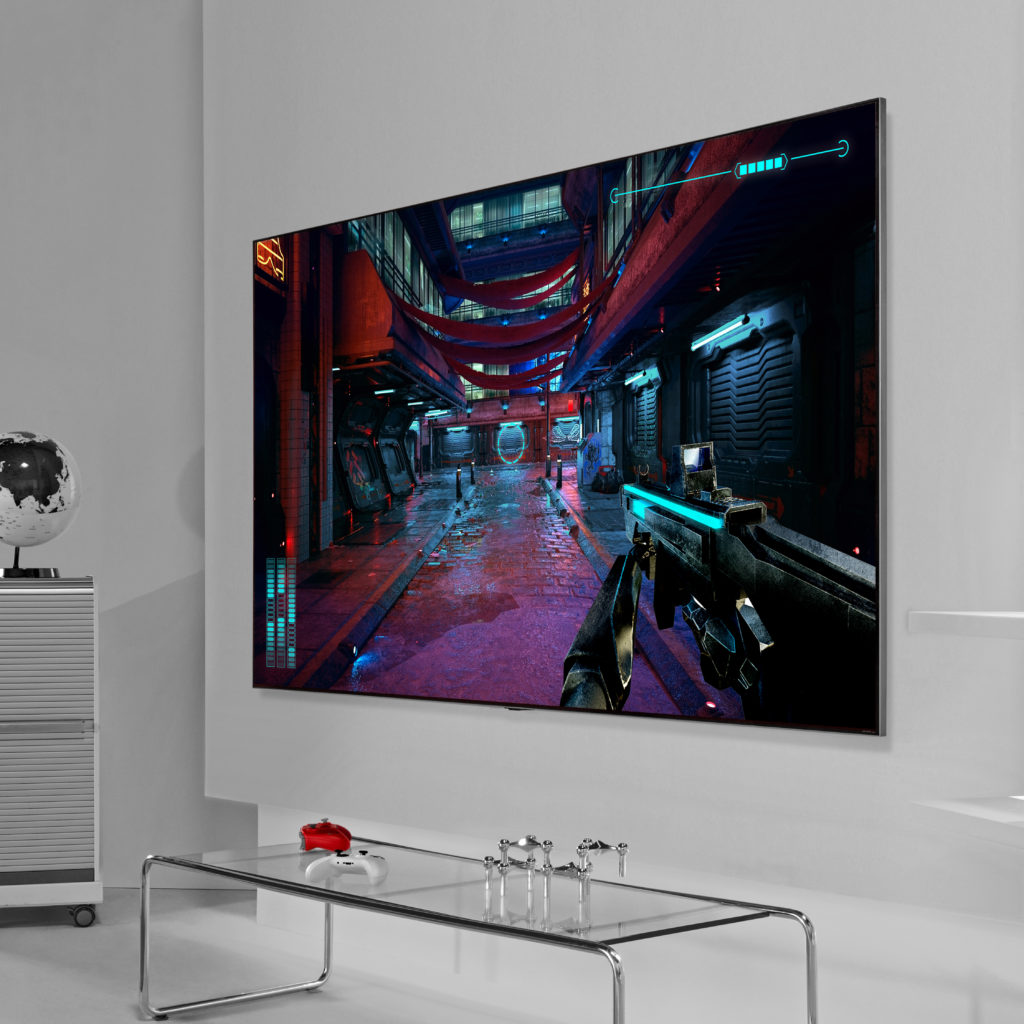If you’re in the market for a new TV, you may be overwhelmed with all of the options. The average consumer may know what size screen they want, but when it comes to all the details like resolution and display type, what’s best for you?
Resolution: 1080p, 4K, or 8K?
“4K TV” seems like a buzzword in TV marketing these days, but what does it mean? This refers to the resolution of the television. Resolution has to do with the number of pixels on your screen, and having more pixels (higher resolution) contributes to a better picture! A typical HD TV has vertical 1080 pixels, while 4K and 8K TVs have double and quadruple the pixels, respectively.
What Does 1080p Mean?
Several years ago, most TVs on the market were 1080p, however, 4K has seen a dramatic rise in popularity, with most TV manufacturers only producing new televisions with a minimum resolution of 4K. With that being said, If you’re shopping for a smaller TV, there may be a few “HD” options, which have a resolution of 1080p. With the rise in 4K popularity, 1080p televisions are incredibly affordable. So, if you’re looking for a budget-friendly TV that is 40″ or fewer, 1080p may be a perfect fit!

What Does 4K Mean?
4K TVs have become the new standard, as the prices have dropped in the past few years, plus, they offer a better viewing experience on the more popular 65″ and 75″ screens! Like 1080p TVs are referred to as “HD”, 4K TVs are also called UHD which means “Ultra High Definition”. With 4K becoming more popular, many streaming platforms, such as Netflix, support 4K streaming for ultimate picture quality!
Popular video game consoles like Playstation and Xbox also support 4K gaming!
Related Post: BEST TVS FOR GAMING 2023
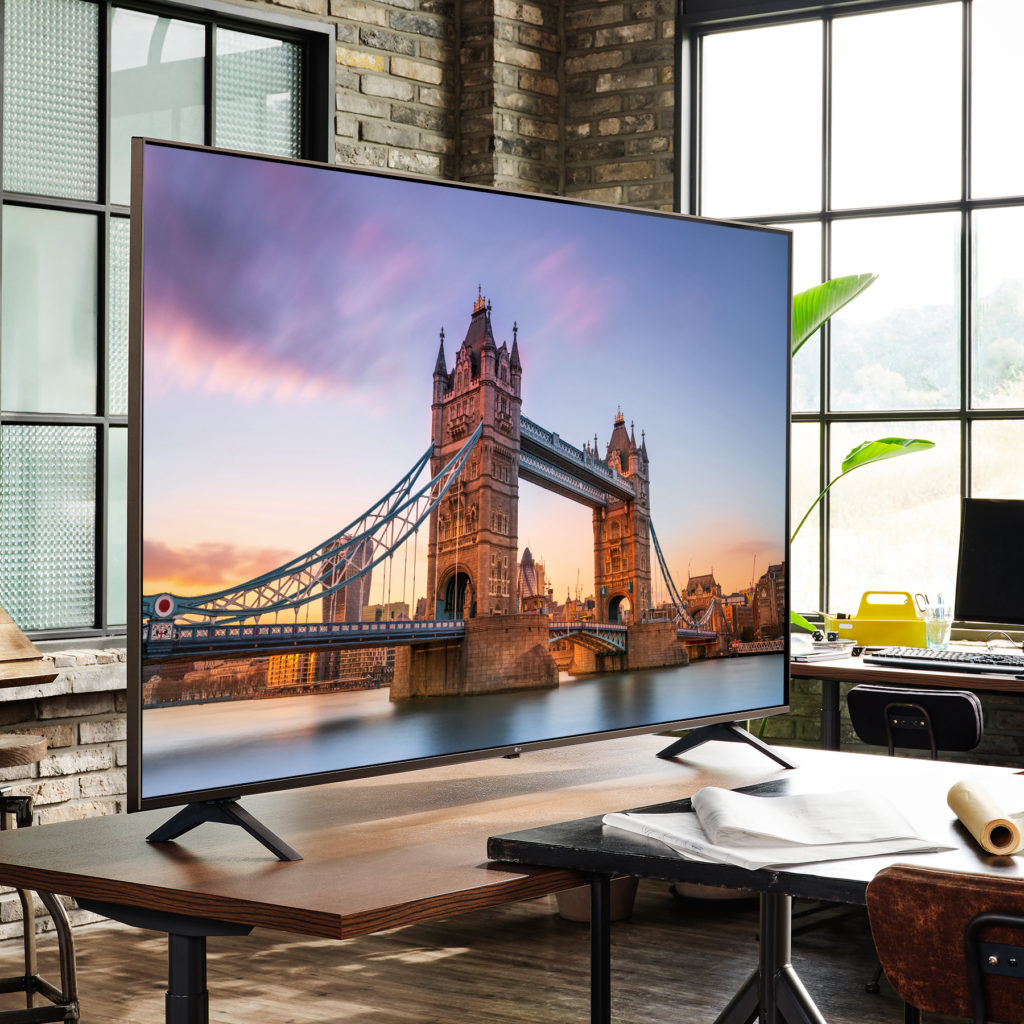
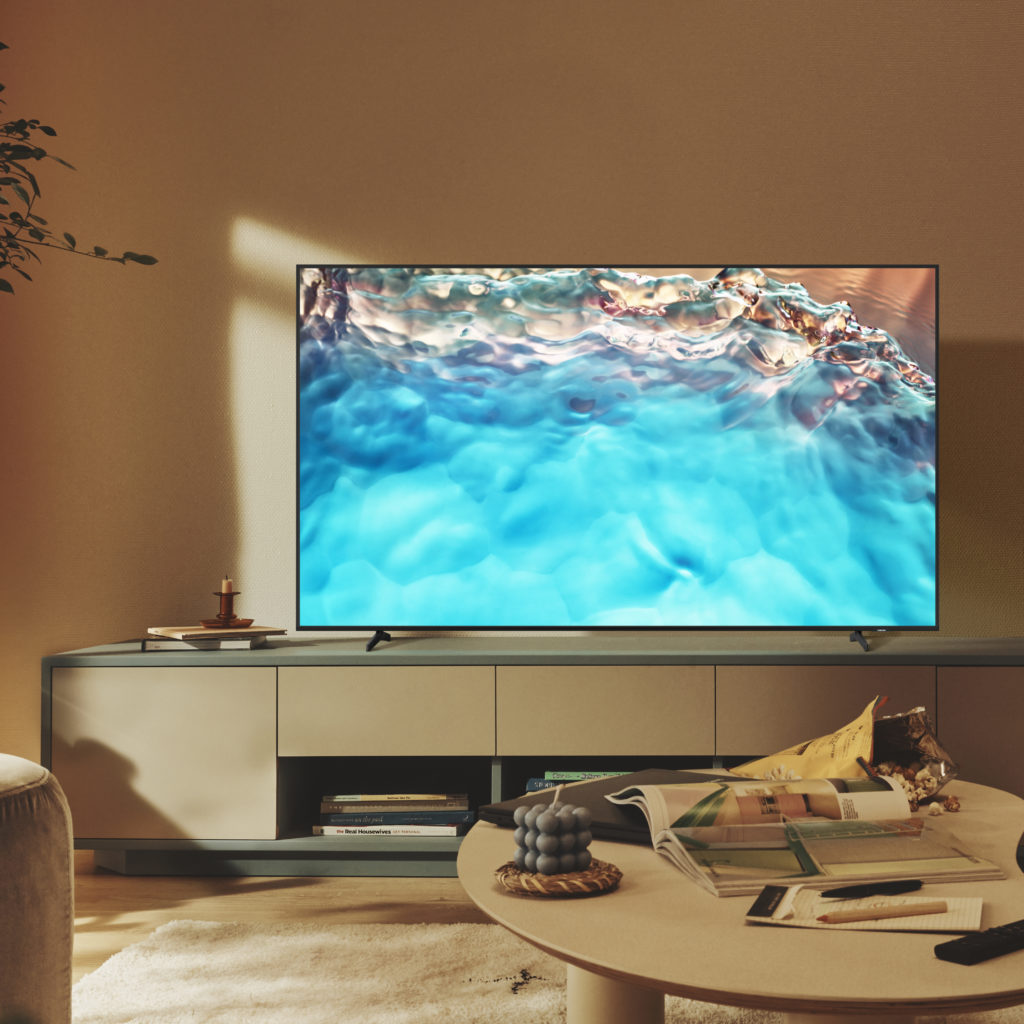
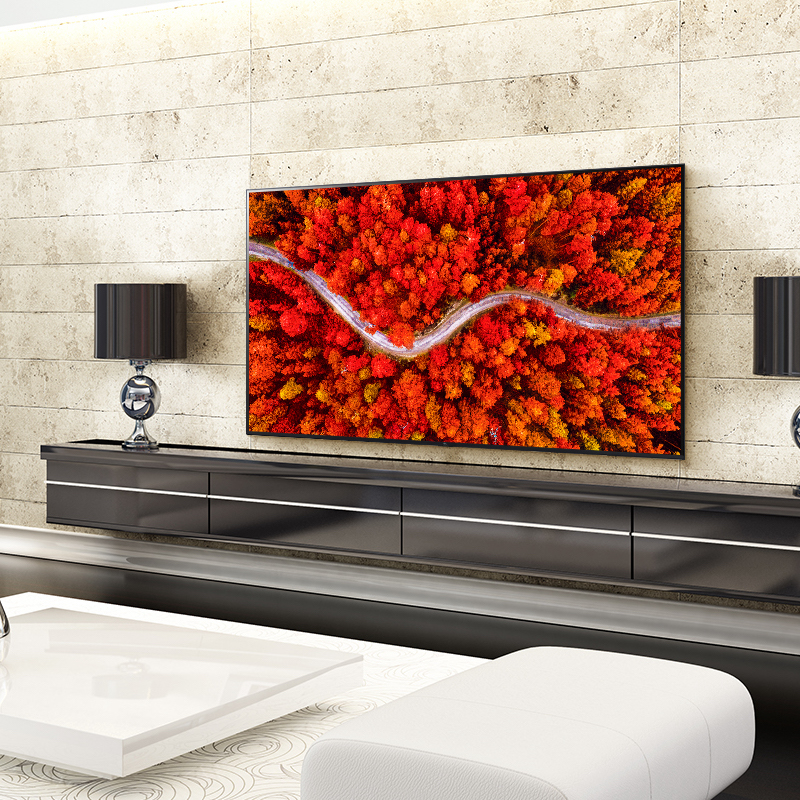
What Does 8K Mean?
While a 4K TV has double the pixels compared to a 1080p TV, 8K televisions have twice as many pixels as a 4K TV ( Or quadruple a 1080p HD television)! The display of an 8K TV is much sharper than that of a 4K TV, providing an even more detailed and natural-looking picture, with colors that really pop! If you’re looking into televisions larger than 70″, you’ll really be able to tell the difference viewing an 8K TV. If you want a TV that makes the average weekday night feel like an occasion every time you turn the screen on, an 8K television may just fit the bill!
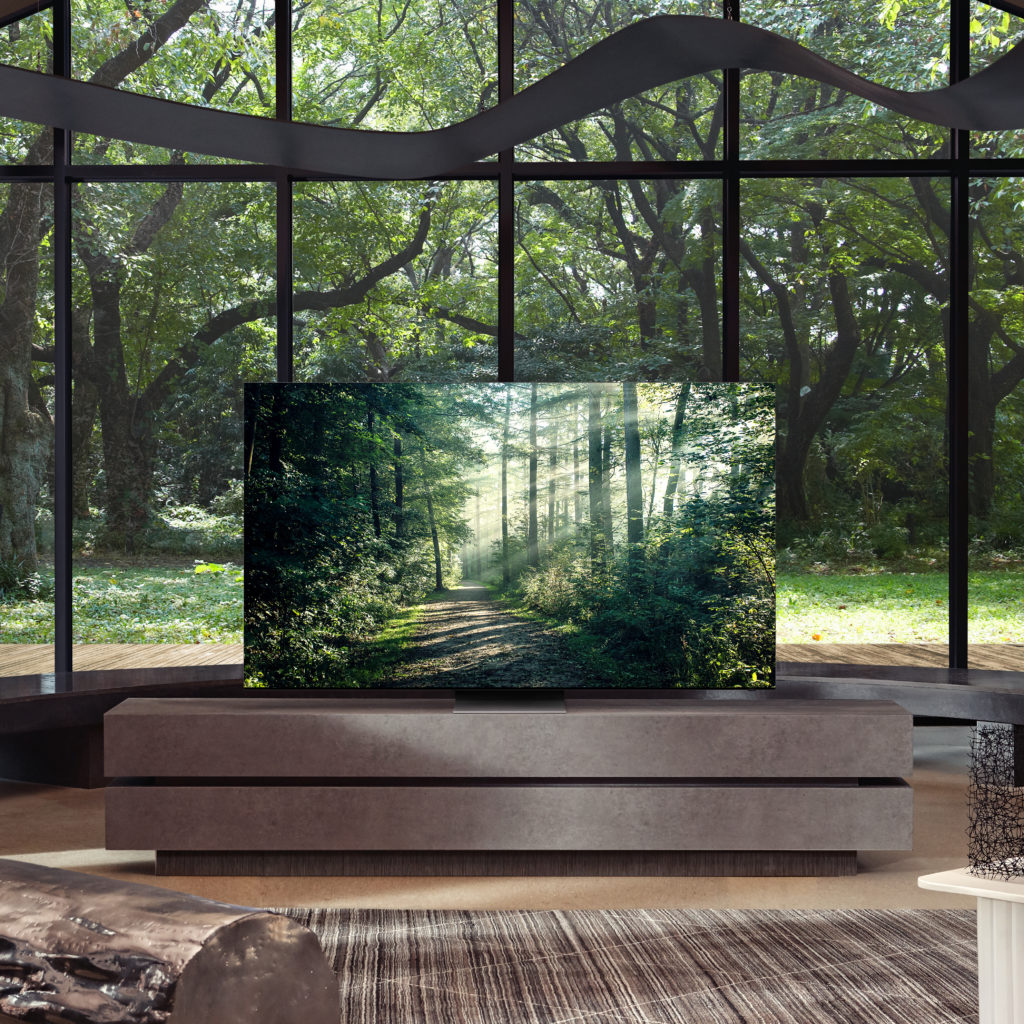
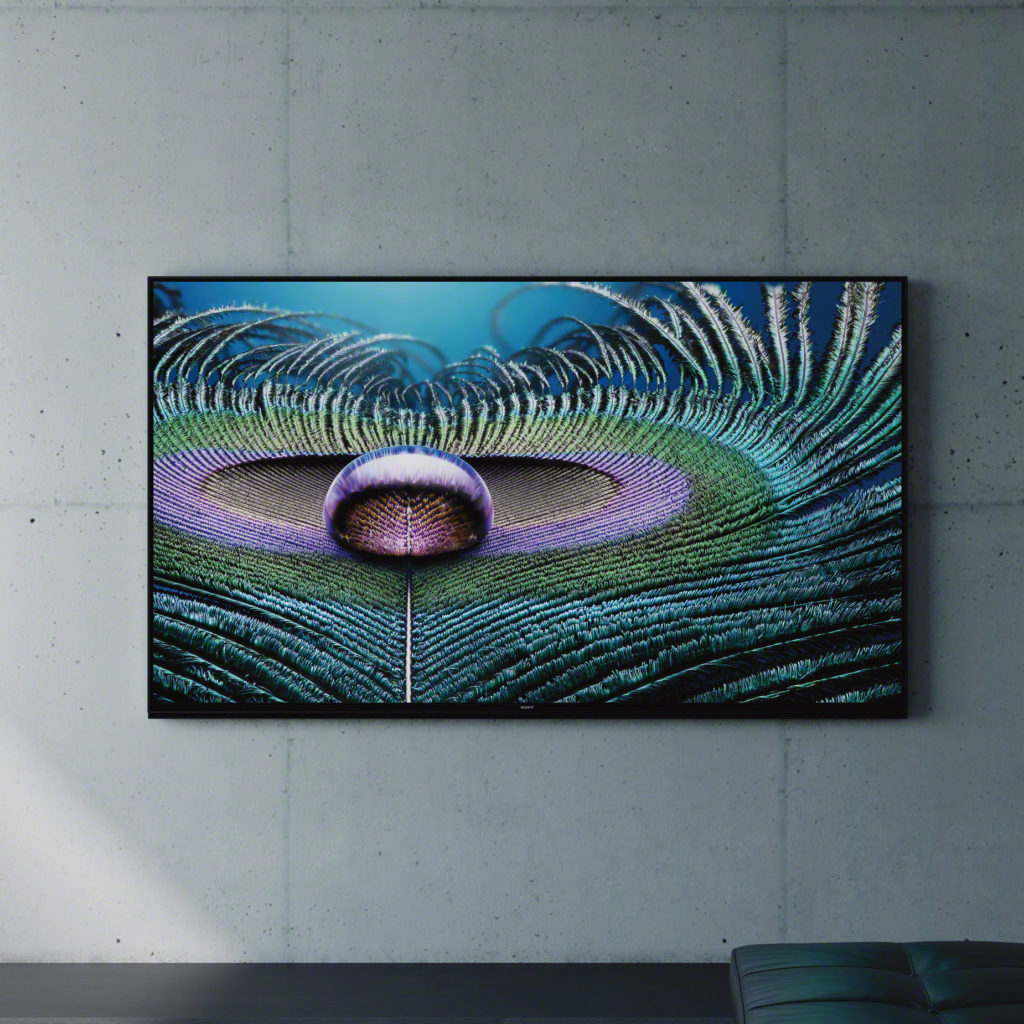
Displays: LCD, LED, QLED, or OLED?
What do all of those letters mean?
LCD
LCD, which stands for “Liquid Crystal Display”, was first utilized in television screens around 40 years ago, and without this innovation, we probably wouldn’t have all the other display types that we have to choose from today! LCD replaced tube television displays and were much more energy efficient. This technology also allowed TVs to become flatter, a trend that continues today.
LED
Many of the TVs I have listed thus far have LED displays. LED stands for “Light Emitting Diode” and was first used in televisions in 2006, nearly 25 years after LCD technology was introduced. LED displays use liquid crystal, like LCDs, the difference is the backlighting. The LED backlighting allows for sharper colors and contrast, and is much more energy-efficient!
OLED
OLED stands for “Organic Light Emitting Diode”, but what does that mean? OLED TVs use the LED pixels themselves to produce the light making up your picture, which eliminates the need for the LCD screen used in LCD and LED televisions. Because of this, OLED TVs can be a bit thinner. Black shows more true-to-life on OLED TVs since there is no backlight. This feature enhances contrast, especially in scenes that have both darkness and extreme brightness, such as a star-filled night sky. These TVs are the most premium type of consumer TV on the market today.
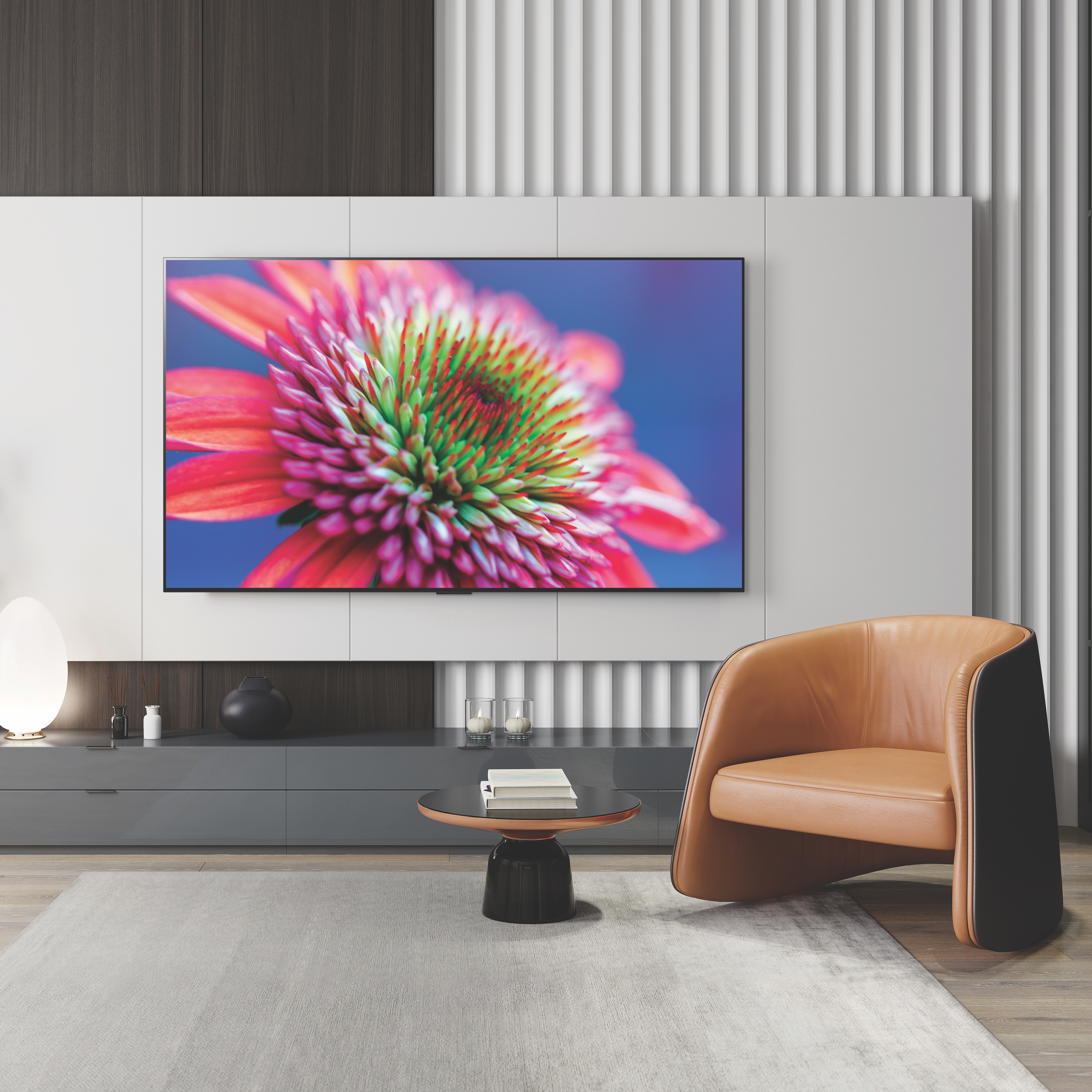
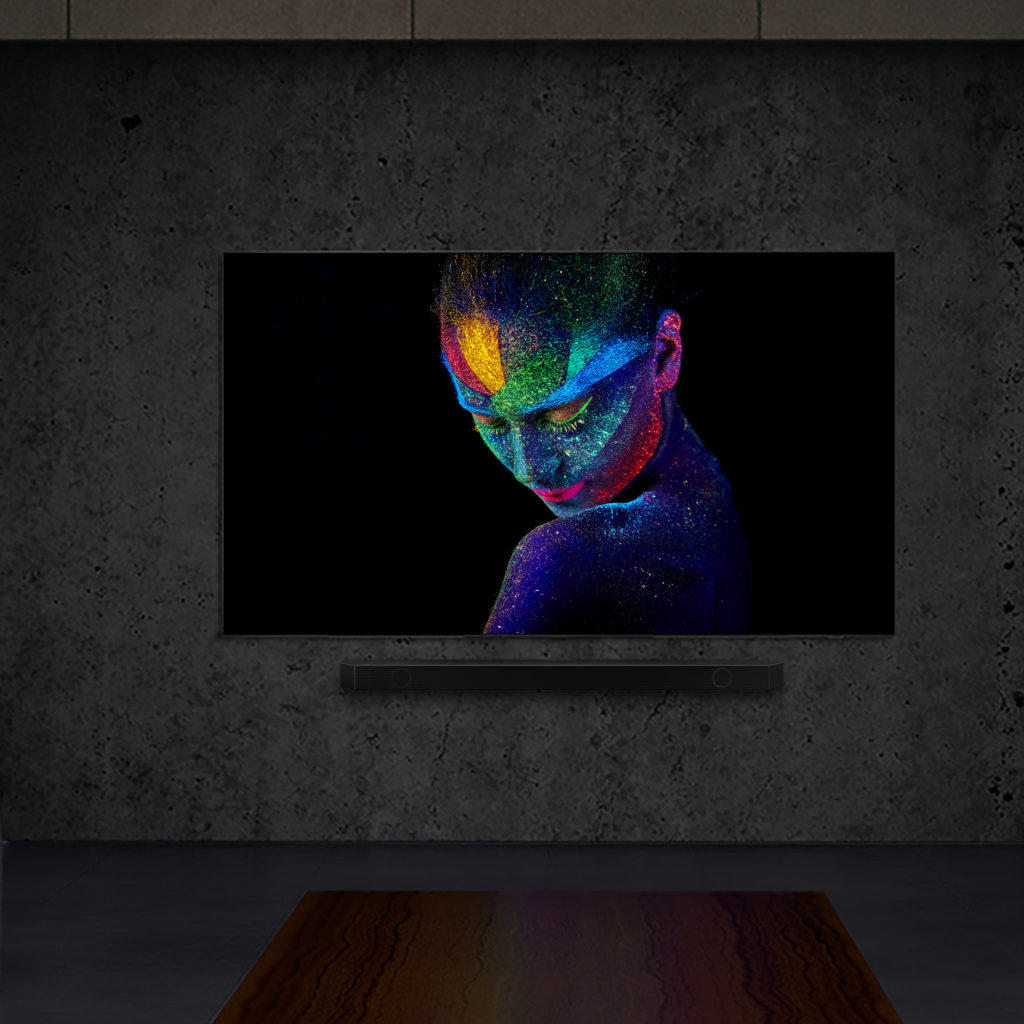
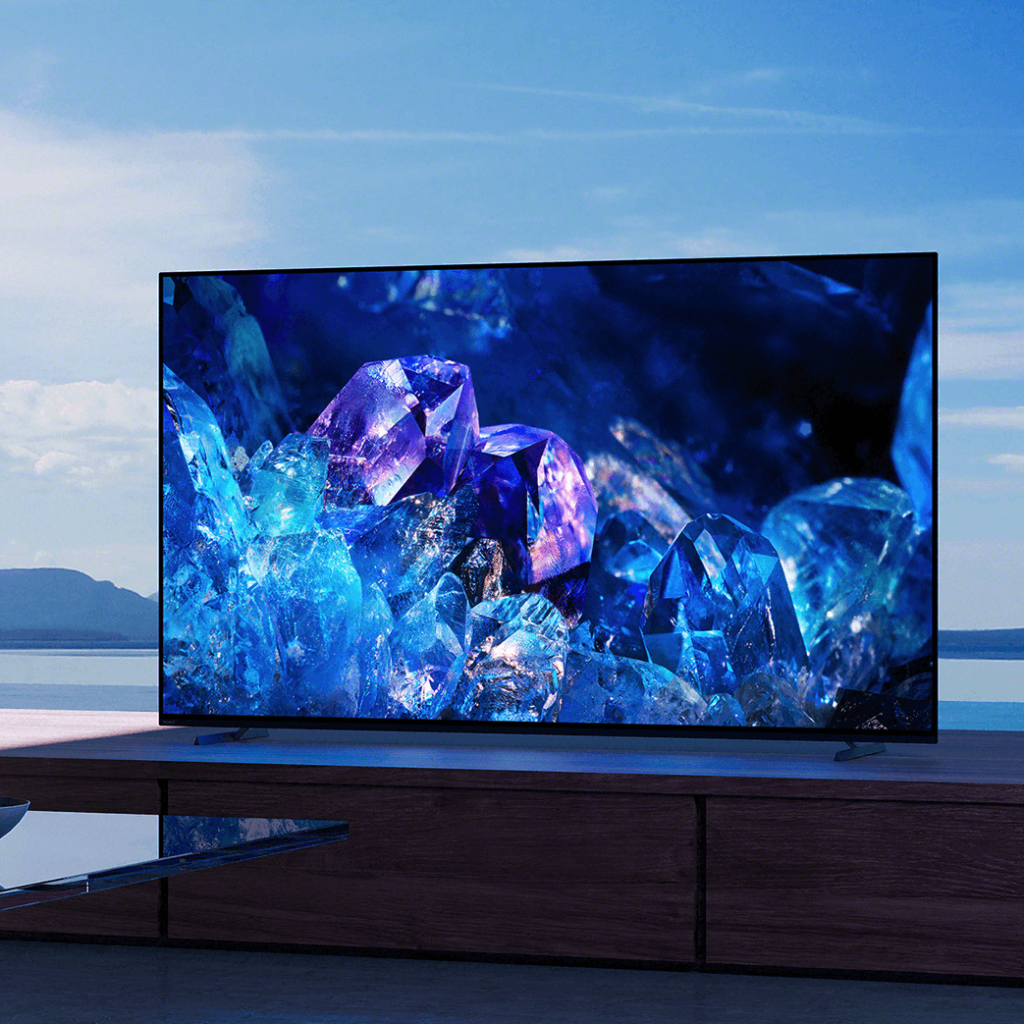
QLED
QLED stands for “Quantum-Dot Light Emitting Diode”, which is essentially a modernized LCD television. Unlike an OLED display, QLED displays rely on a backlight, which means dark scenes will not be as true-to-color when compared to an OLED TV. However, QLED displays produce brighter colors and deliver a sharper picture when watching high-resolution content. QLED televisions tend to be more budget-friendly than OLED TVs, which may be another factor to consider when upgrading your home theater!
Related Post: How to Choose the Perfect TV for Your Home Technology
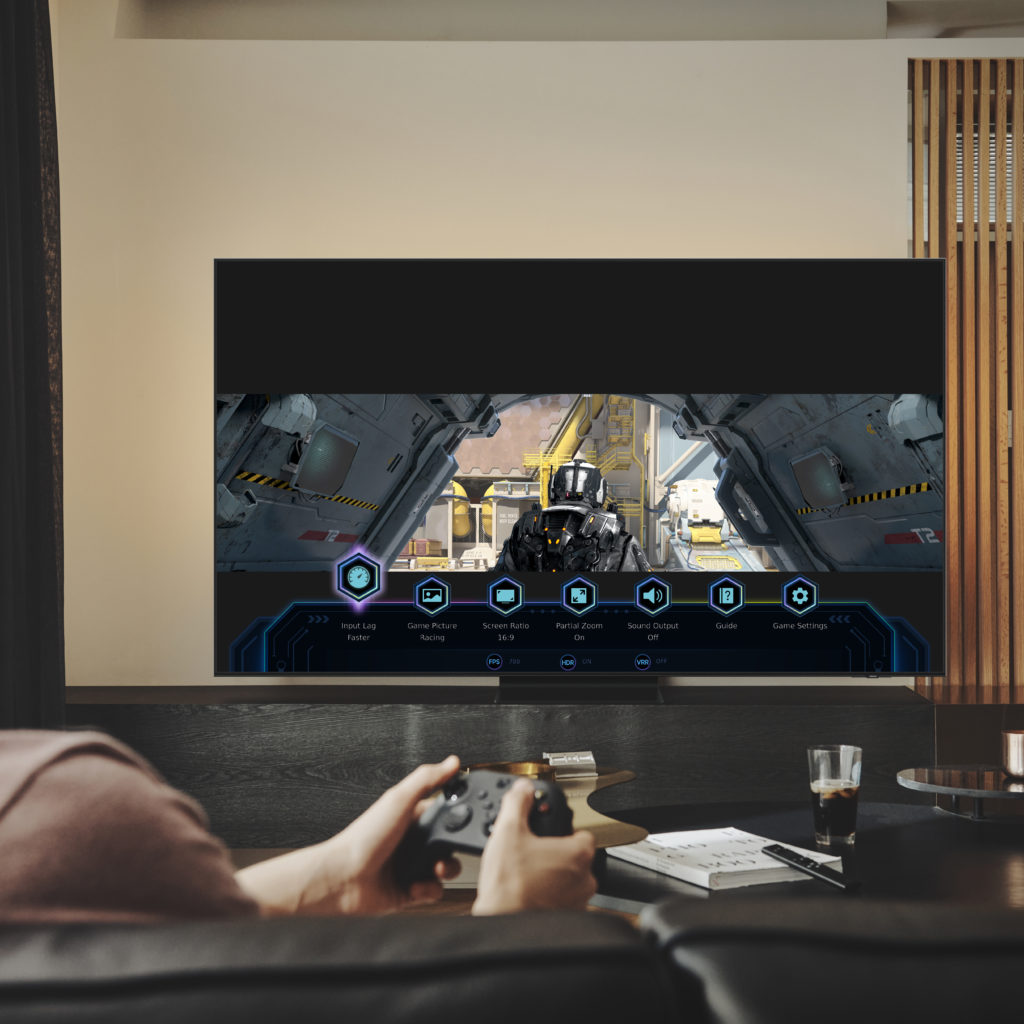
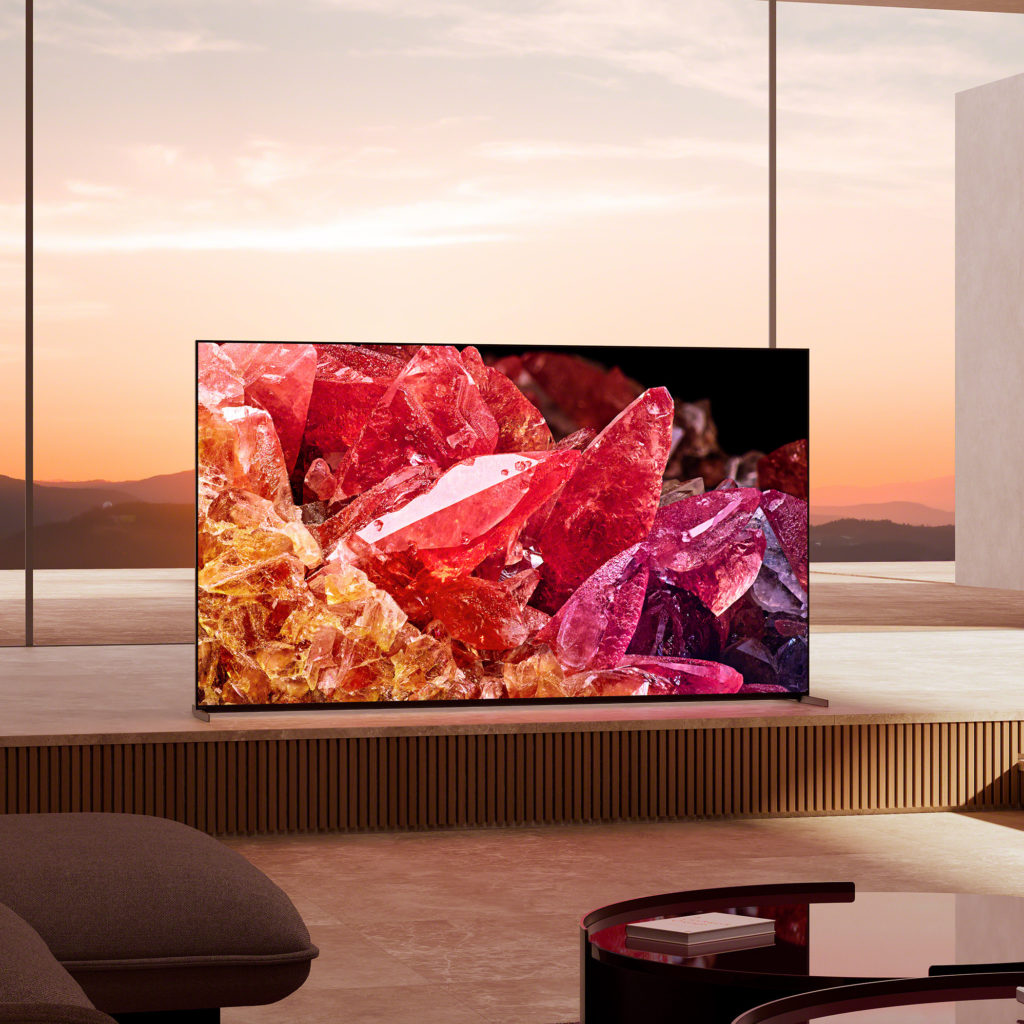
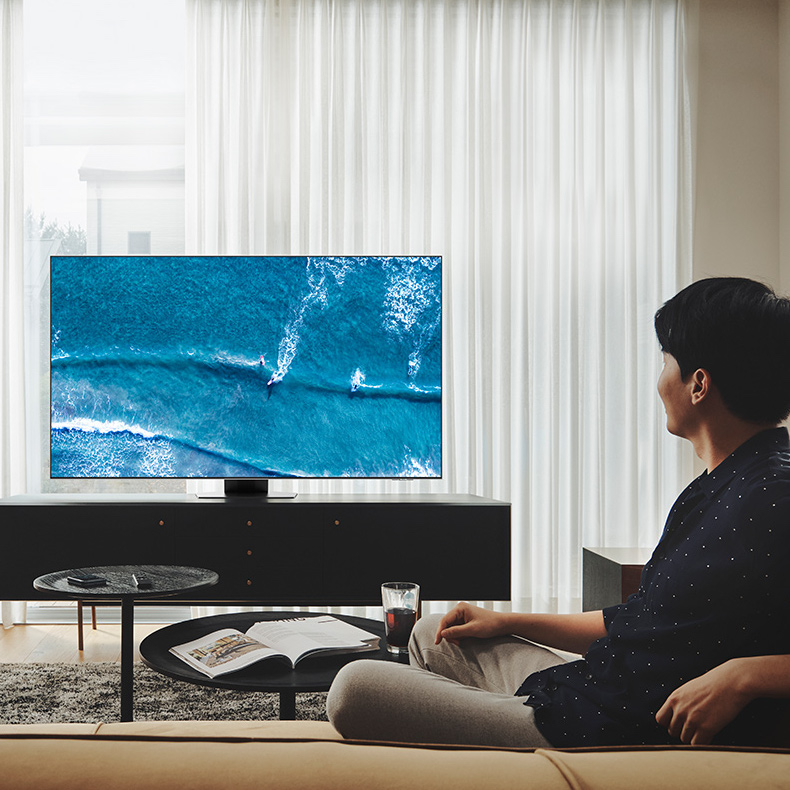
NanoCell
LG does not make QLED TVs, instead, they produce TVs using NanoCell, or QNED, technology. These televisions feature a nanoparticle layer able to filter out incoming wavelengths of light that would negatively affect the color and brightness of the screen. Since QNED TVs still utilize an LCD screen, they are less energy efficient than OLEDs. However, like QLED televisions, they are also more affordable.
